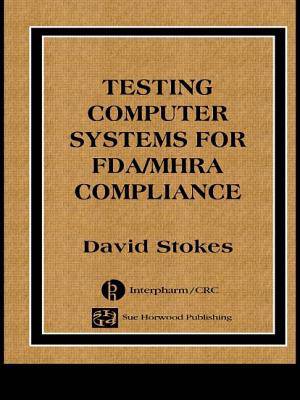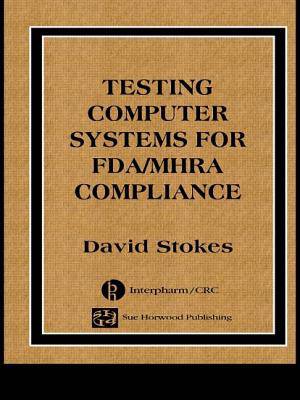
- Retrait gratuit dans votre magasin Club
- 7.000.000 titres dans notre catalogue
- Payer en toute sécurité
- Toujours un magasin près de chez vous
- Retrait gratuit dans votre magasin Club
- 7.000.0000 titres dans notre catalogue
- Payer en toute sécurité
- Toujours un magasin près de chez vous
Description
Providing a thorough review of automated systems testing to meet the regulatory requirements of the FDA and MHRA, this book focuses on software module, software integration, hardware, and system acceptance testing. It covers current best practices in computer systems testing for the pharmaceutical and related healthcare manufacturing industries. Referencing content from the latest GAMP 4 guide, the author demonstrates how the principles detailed in GAMP 4 can be used to define a pragmatic approach to testing. The book includes techniques for testing large Internet-based systems for compliance with the stringent requirements of regulations such as 21CFR Part 11.
Spécifications
Parties prenantes
- Auteur(s) :
- Editeur:
Contenu
- Nombre de pages :
- 136
- Langue:
- Anglais
- Collection :
Caractéristiques
- EAN:
- 9780849321634
- Date de parution :
- 25-11-03
- Format:
- Livre relié
- Format numérique:
- Genaaid
- Dimensions :
- 189 mm x 248 mm
- Poids :
- 399 g

Les avis
Nous publions uniquement les avis qui respectent les conditions requises. Consultez nos conditions pour les avis.






